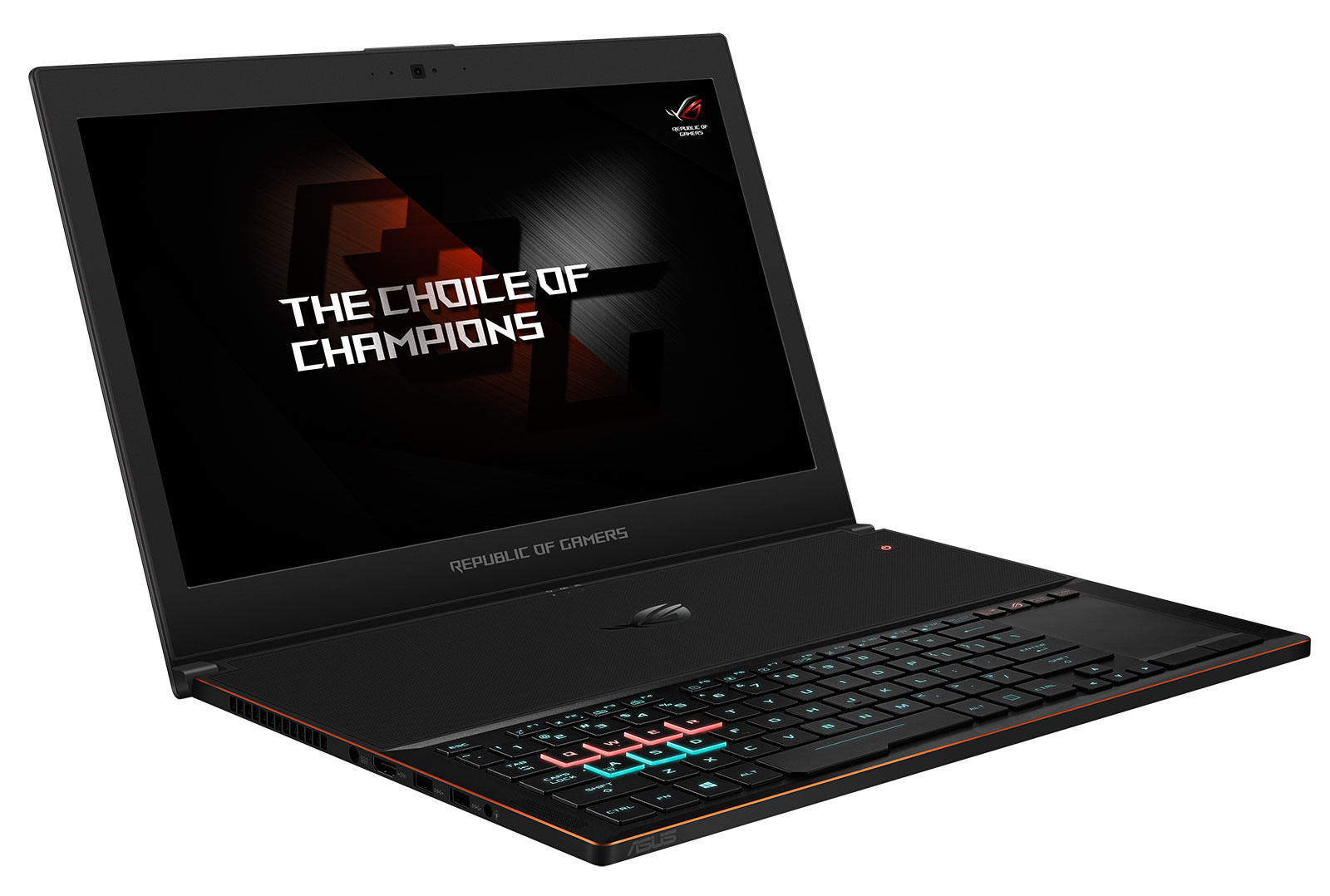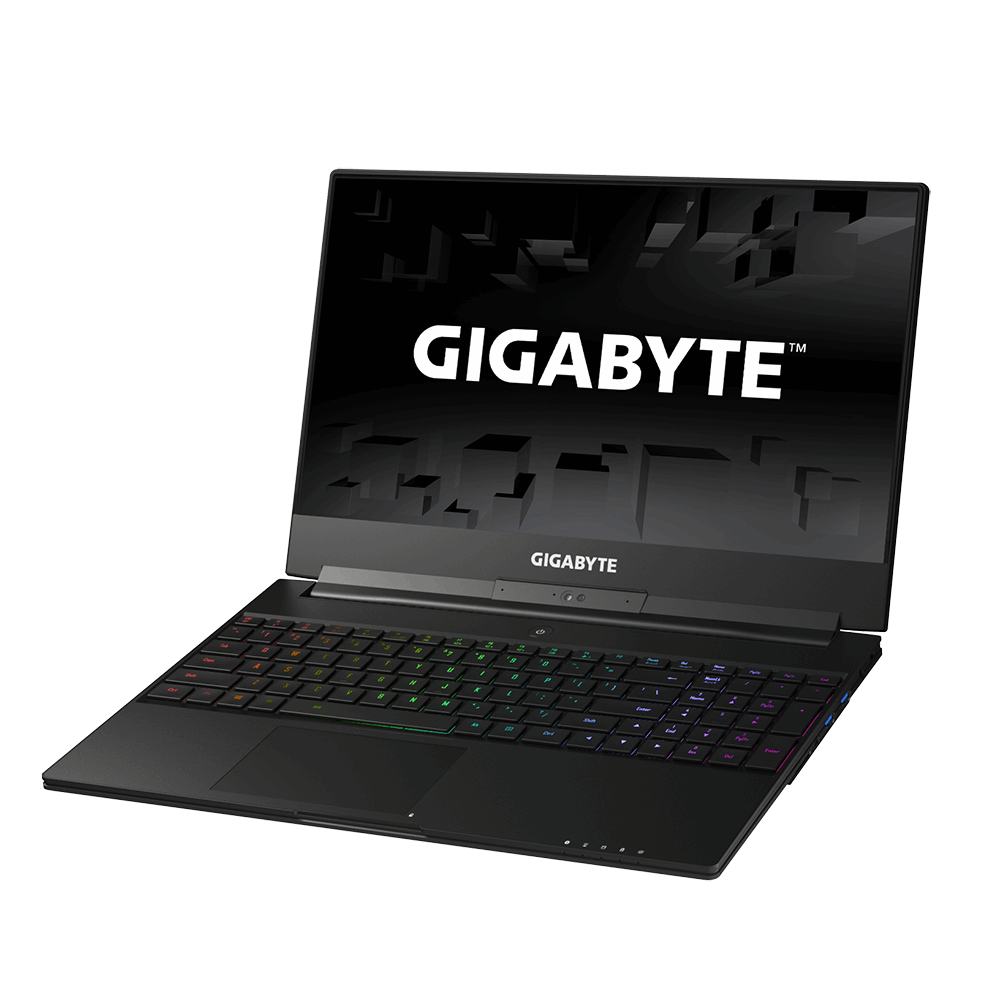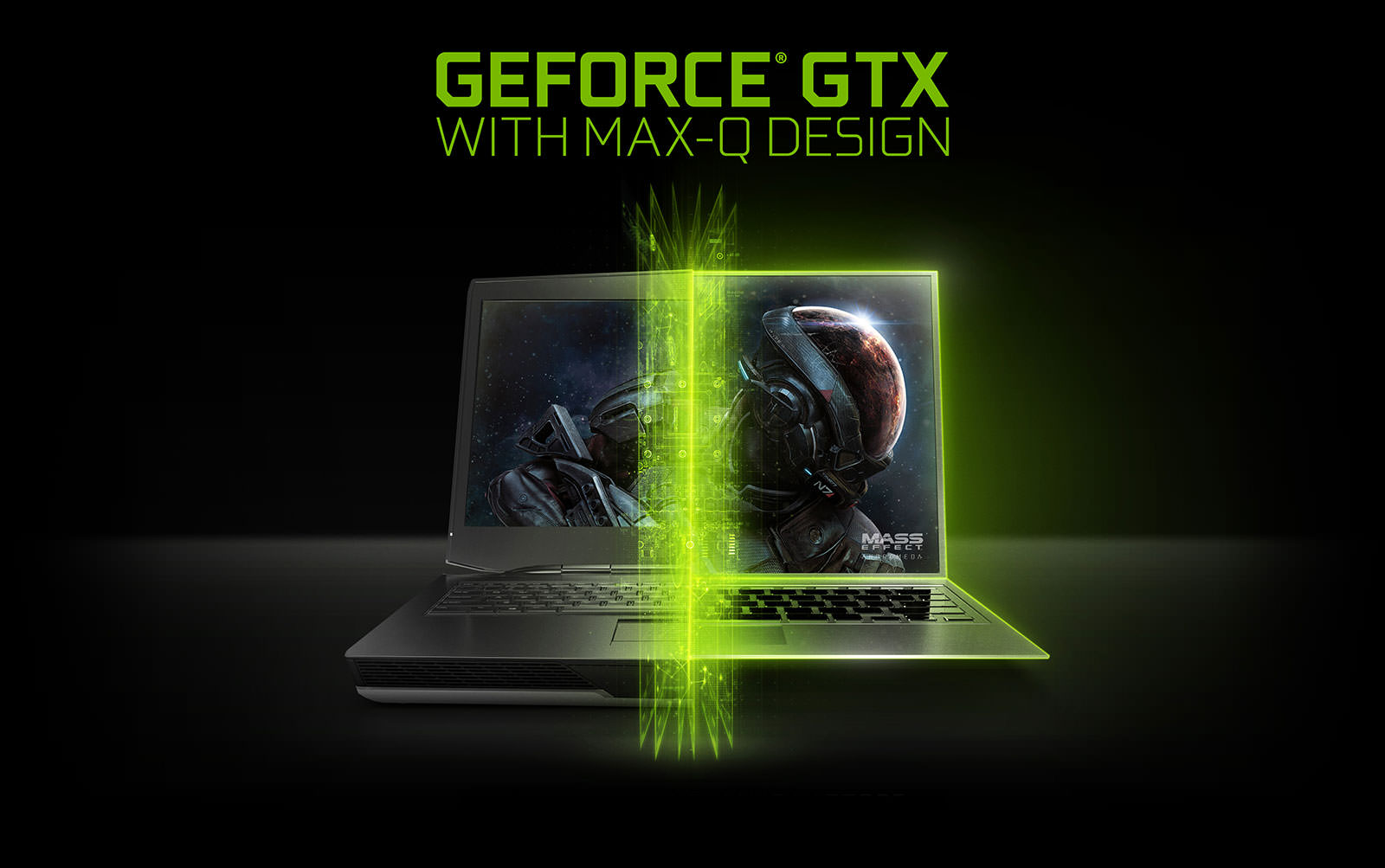If you’d told me a week ago that the most exciting thing I was going to see at PAX Australia was a bunch of laptops I would’ve told you to piss off.
Quite possibly the last thing that comes to my mind when someone says the word “gaming” is to then follow it with “laptop”. Laptops throughout history have been notoriously underpowered or outdated in comparison to their desktop counterparts. Attempts to bridge the gap in the past have been largely farcical producing laptops so thick and heavy they’re ultimately just as immobile as a desktop anyway.
So imagine my surprise when I walked into a closed briefing where on display is not one but three NVIDIA MAX-Q branded laptops and I’m told by their Senior PR Manager, Bryan Del Rizzo, that “Today; more gaming laptops are sold than PlayStations and Xboxs combined”.
Get the fudge outta town!
“Space is such a commodity in today’s world” Bryan goes on to tell me, “and just because you’re short on space doesn’t mean you should have to compromise your gaming experience – it’s part of why Nvidia began Max-Q.”
So what exactly is Max-Q? Well, it’s not so much a standard but more a name given to the relationship between Nvidia and it’s OEM laptop partners in developing what they call “the ultimate thin gaming laptop experience”.
If you’d told me a week ago that the most exciting thing I was going to see at PAX Australia was a bunch of laptops I would’ve told you to piss off.
The goal is to redefine gaming laptops, to have them use top of the line GPUs like Nvidia’s GeForce GTX 1070 & 1080 but remain thin, portable and not have fans that would give jet turbines a run for their money in decibel count, kick in the moment you press the power button.
Manufacturers such as Asus, MSI, Acer and others under the Max-Q moniker work closely with Nvidia’s engineering teams in developing everything from design, to thermals, chips and more.
“All of our partners can ask for as much or as little help as they want in developing a Max-Q branded laptop” Bryan tells me, “in cases like the ‘Zephyr’ we’re involved almost all the way through, for others it’s just at the GPU level.”

The ‘Zephyr’ he’s referring to is Asus’ gaming laptop beast the ROG Zephyrus. Looking at it for the first time you notice something is immediately “off” about it. It took me a few seconds before I realised the keyboard isn’t sitting where you’d normally expect a laptop keyboard to be. Instead it’s at the bottom of the chassis and the trackpad has been shifted to it’s right. The end result a large void area above the keyboard that houses a full GeForce GTX 1080.
Created under the Nvidia Max-Q partnership this rearranging of componentry means an ingenious thermal solution could be developed. The base of the Zephrys actually separates from its chassis whilst open allowing airflow directly over the GPU through it’s body meaning less noise from high spinning fans and a thinner, more portable product.
For others the relationship isn’t quite as physically noticeable as is the case with the Zephyrus. Gigabyte’s Aero 15X, sitting right next to it running Destiny 2 silkily smooth, had a far different experience in its MAX-Q relationship. The Aero series has existed for some time and last year’s model included a GTX 1060 but in order to retain some of the Aero’s signature features such as its 5mm bezel and sub-2cm thickness they worked with Nvidia to push the design further including a GeForce GTX 1070 in its latest model. Aesthetically identical on the surface, monumental power shift internally.

Being laptops however there are a couple of negatives that just can’t be avoided, no matter how much clever engineering you throw at it.
Price is the obvious one. Laptops in general but even more so with ones aimed at games have come down significantly in their pricing over the past few years they’ll will never win out over a desktop. It’s an unfair fight to be sure but for the extra you pay you gain a freedom and lifestyle that desktop rigs can’t compare to.
Going the laptop route really does lock you in to the configuration you choose at the day you buy. Memory and disk space may be upgradable depending on the model you buy but CPU and, as is the focus of this piece, the GPU will almost certainly be not. They’re also sadly still lagging behind slightly, the models shown to me today all sporting 1070s and 1080s meanwhile on the other side of the room are desktops beaming with the brand spanking new GTX 1070Ti and the few months old 1080Ti.
That may not be the case for long though. With the tides turning to a mobile world desktop rigs could very well find themselves last in line to be picked. Playing with the different options available to me today I started to really question whether or not this could be the ideal solution for myself even. Portable, powerful and also productive a laptop built around gaming would also be more than enough to power my daily coding, writing and business requirements.
Some example configurations and pricing of Australian Max-Q models provided by Scorptec as of November, 2017.
Gigabyte AERO 15X Black 15.6inch Core i7 GTX1070 – A$3,199
i7-7700HQ, 16GB (2x8GB), 512GB M.2 PCIE SSD, 15.6inch FHD Thin Bezel, Geforce GTX 1070-8G Max-Q, WiFi, BT4.1, HD CAM, 2.1kg, Win10 Home, RGB Keyboard
ASUS ROG ZEPHYRUS GX501 15.6inch GTX 1080 Core i7 – A$4,999
i7-7700HQ, 16GB (2x8GB) 512GB PCIE SSD, 15.6inch FHD 120Hz G-Sync, Geforce GTX1080-8G Max-Q Design, HDCAM, WiFi, BT4.1, Thunderbolt, Win10 Home
AORUS X5 MD 15.6inch UHD, Core i7, GTX 1080 MAX-Q – A$4,299
, i7-7820HK, 32GB (2x16GB), 256GB M.2 PCIE SSD + 1TB HDD, 15.6inch UHD 4K G-Sync IPS, Geforce GTX 1080-8G MAX-Q Design, Killer DoubleShot Pro (Killer LAN, Killer AC WiFi), BT4.1, Thunderbolt 3
